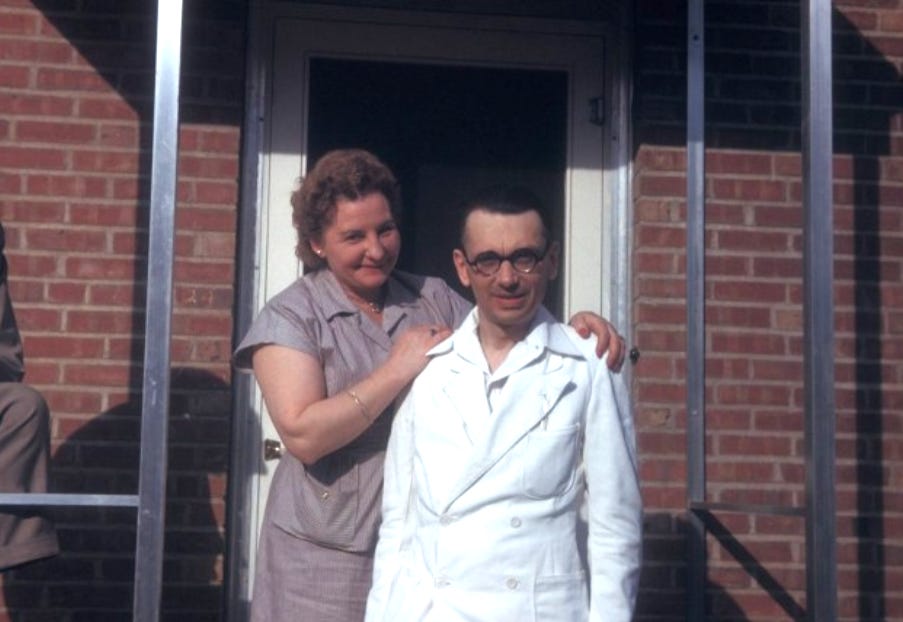Was Gödel's second incompleteness theorem really von Neumann's? Part I
Gödel never produced a proof but told von Neumann he had one to prevent the Hungarian from publishing his
This is the first of two posts on the hidden history of Gödel's second incompleteness theorem. Part II is available here.
Kurt Gödel’s first and second incompleteness theorems are legendary accomplishments, “among the most important results in modern logic” and two of the human mind’s most towering intellectual achievements. As logician Juliette Kennedy…
Keep reading with a 7-day free trial
Subscribe to Confections & Reputations to keep reading this post and get 7 days of free access to the full post archives.



